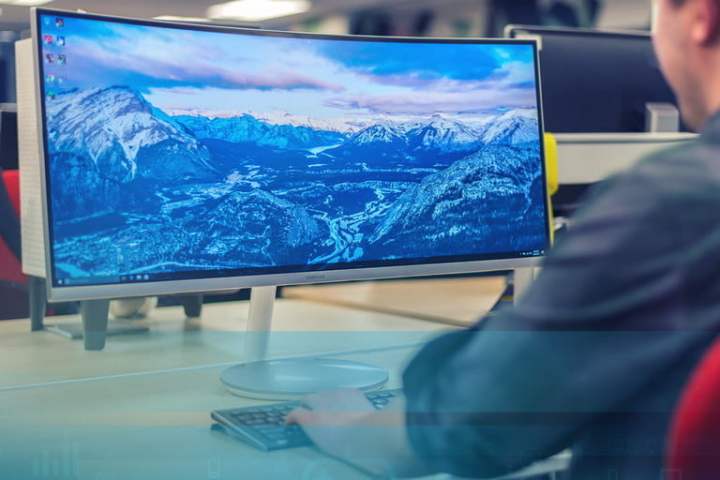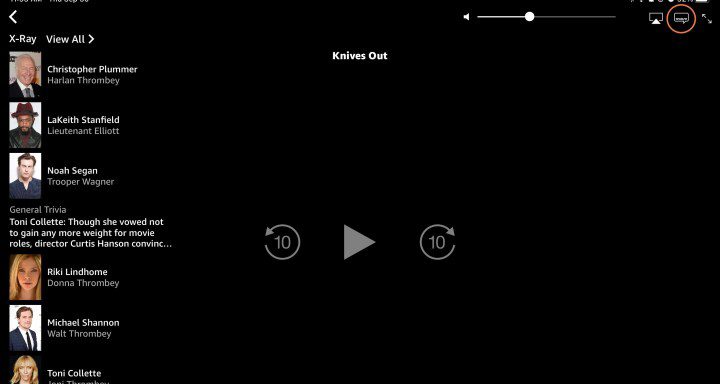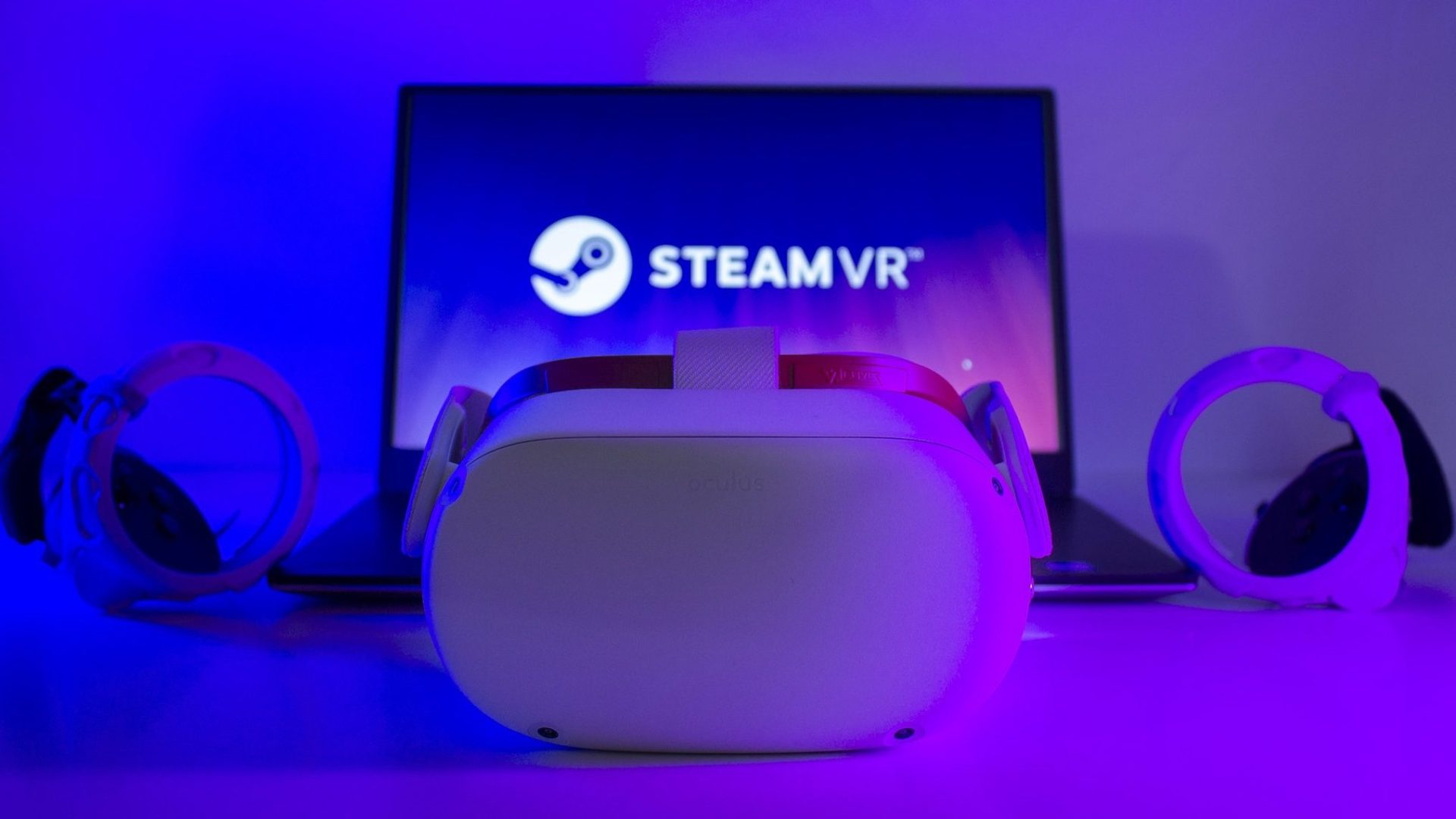iPad Pro 12.9 transformed the way I work
I’ve always been a fan of the iPad and over the past four years I’ve used several iterations of the iPad Air extensively. My use case focuses on reading, taking notes, and casually streaming video, and the iPad Air M1 manages to do these things incredibly well. Early last year, I wanted a portable device […]
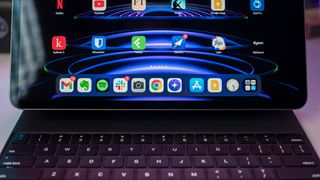
I’ve always been a fan of the iPad and over the past four years I’ve used several iterations of the iPad Air extensively. My use case focuses on reading, taking notes, and casually streaming video, and the iPad Air M1 manages to do these things incredibly well.
Early last year, I wanted a portable device that would allow me to be productive on the go, and while the iPad Air’s 10.9-inch panel was pretty decent, I needed something bigger, so I upgraded to the 12.9 inch. iPad Pro inch. At first, I didn’t think there would be much difference between the two, other than the larger screen; both models feature powerful hardware, a similar design, and the same software.
But I was wrong. The iPad Pro 12.9 is significantly better than the iPad Air; the mini-LED panel gets brighter and offers much better contrast, and HDR content looks amazing on the device. Although I didn’t pay attention to it at the time, the iPad Pro’s four speakers sound much better.
The biggest difference is screen refresh, with the iPad Pro benefiting from ProMotion technology which allows it to go up to 120Hz. The iPad Air is limited to 60Hz, and this is immediately apparent when two devices are used side by side. And because of its larger size, the battery is bigger and lasts significantly longer.
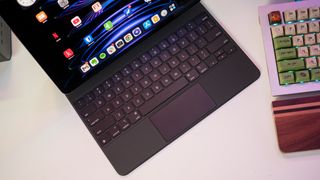
The main reason to use the iPad Pro is productivity, and it has been great in that regard. For most of the last decade, I’ve followed the same schedule: wake up at 6 a.m., finish the day’s writing tasks, then start my day. This is no longer the case; my wife and I had a baby last year and I write whenever I find time – my ten month old dictates my schedule.
So I had to learn to do something I’m not very good at: flexibility. I couldn’t just lock myself in my home office and write for hours, so I needed something portable. I have a lot of Windows machines, but I wanted something that had a touchscreen and a modular design with lots of accessories, and that led me to the iPad Pro.
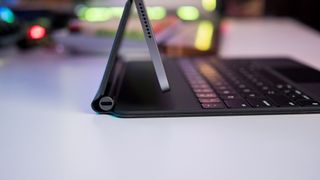
Over the last 10 months, 40% of my writing has been done on the iPad Pro, and I didn’t think I’d use the device that much anywhere. The screen is the perfect size – it’s almost the same size as most 13-inch laptops – and since it has Thunderbolt 4 connectivity, I was able to add a dock and connect my keyboard mechanical without any problem.
But a big part of the reason I used the iPad Pro to the extent that I did was the Magic Keyboard; The $349 keyboard accessory costs more than most mechanical keyboards, but it’s great. It attaches securely, has good adjustability, and the keyboard itself is decent; the scissor keys have 1mm of travel and are backlit, and they’ve held up well after nearly a year of use. The trackpad is also handy and is simply easier to use.
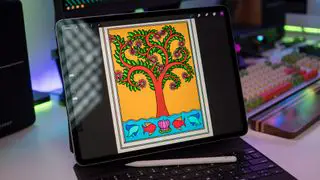
Basically, the iPad Pro 12.9 is a perfect fit for my use case. Although iPadOS falls far short of the productivity features available in macOS, this hasn’t been a problem: multitasking isn’t something I look for in a portable machine. For the tasks I do every day – writing, photo editing, and reading – the iPad Pro is a great option. The best Android tablets have similar hardware, but most of these options are limited to Samsung, and while I tolerate One UI on phones, I have no plans to use it on a larger device.
There were weeks where I used the iPad Pro exclusively, and the only problem was complicated access to files in iPadOS; other than that, it has proven to be a reliable powerhouse. The Magic Keyboard in particular unlocks the full potential of the iPad Pro, but the only problem is that the fabric design doesn’t quite match its high asking price. Fortunately, it looks like that’s going to change with the 2024 iteration of the iPad Pro.
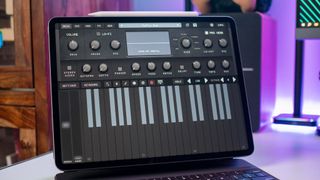
Although a secondary consideration, the iPad Pro is ideal for creative use cases. There is no analogue to Procreate on Android or Windows, and the drawing utility is amazing. I’m getting into music production and iPadOS has a huge collection of synths and drum machines, and the larger screen definitely makes a difference in that regard, as does the ability to connect accessories.
With new iPads arriving, I can’t wait to see what’s in store this year. The move to OLED panels and better software features should give the next iPad Pro a clear advantage over the MacBook, and I can’t wait to see how the series evolves.
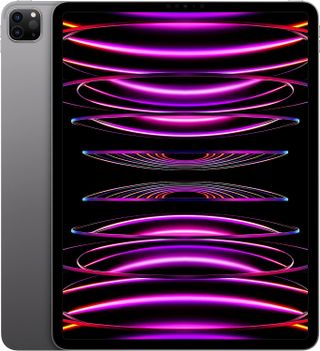
The iPad Pro 12.9 continues to be a great option in 2024. With new models arriving, the device should see decent discounts over the coming weeks.






